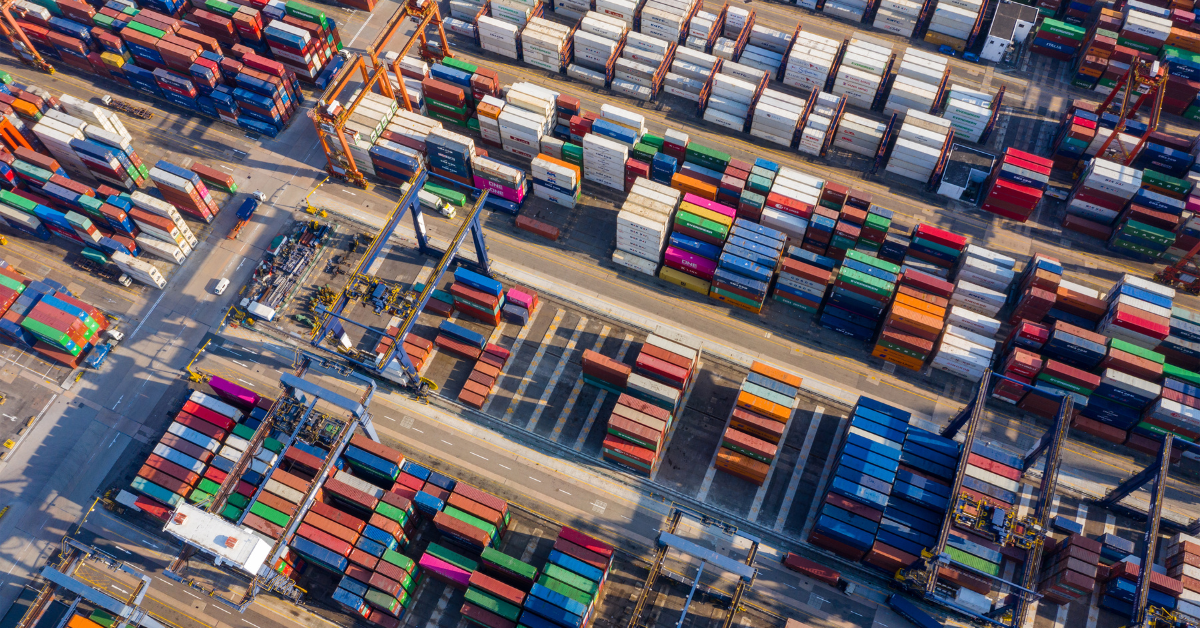COVID-19 has forced many countries and organisations, to rethink and transform their global supply chain models, for short term survival.
 China’s dominant role as the “world’s factory” means that any major disruption puts Australia’s and global supply chains at risk, either through direct supply or through components slowing the production of products from other countries.
China’s dominant role as the “world’s factory” means that any major disruption puts Australia’s and global supply chains at risk, either through direct supply or through components slowing the production of products from other countries.
It is mission critical that Australia strengthens its supply chain links with other countries, such as Europe, Japan, USA, and other nations. There will be many political hurdles, significant costs, and it could take decades to unravel the web we have developed.
There are certain steps as an organisation you can be doing to strengthen your supply chain position and start to limit some of the risks you face.
- Improve your relationships with your suppliers overseas, ensure that they are making contingency plans for un-forecasted events
- Check out their risk management strategy
- Align IT systems and support to evolving work requirements
- Help them develop people and workforce planning protocols
- Reduce your own supply chain risk
- Focus on Tier 1 supplier risk first
- Seek alternative sources
- Develop an extended supply network
- Review inventory policies
- Enhance inbound material visibility
- Create more flexible work arrangements
- Create a more agile demand planning system
- Run scenarios to understand risks
- Develop short-term demand-supply synchronisation
- Prepare for product shifts
- Enhance promise to delivery capability
- Think Agile
- Monitor world supply chain activity
- Onshore key components
Looking forward, we may need to first step back. After decades of focus on supply chain optimization to minimize costs, reduce inventories, and drive up asset utilisation has removed buffers and flexibility to absorb disruptions.
New supply chain technologies are emerging that dramatically improve visibility across the end-to-end supply chain, and support companies’ ability to resist such shocks. The traditional linear supply chain model is transforming into digital supply networks (DSNs), where functional silos are broken down and organizations become connected to their complete supply network to enable end-to-end visibility, collaboration, agility, and optimization.
There will not be one simple answer in such a complicated environment, no doubt it will entail all aspects of the above, possibly even accepting that costs may have to increase to ensure future supply. One thing is for sure all organisations must make their supply chains a critical aspect to get right in the future.
Gary Silversides; CEO

Related content: supply chain software
.png?width=190&name=IPA%20Logo%20Transparent%20(Hi-Res).png)





